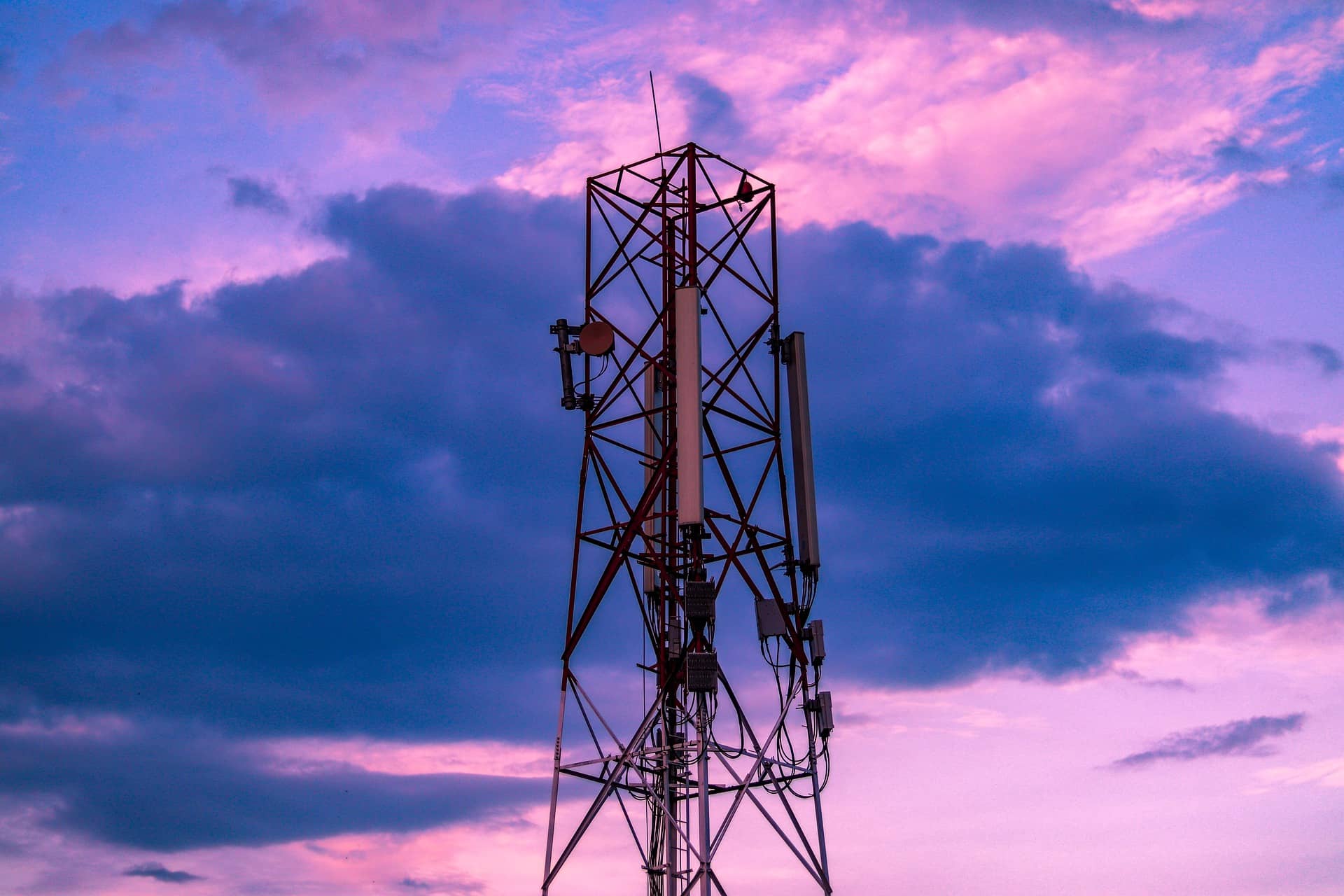VIEWPOINT
Maria Lema is the Co-Founder of Weaver Labs, an open and shared marketplace of connectivity assets.
Many things have been said about smart cities in the last few years. In fact, we can find various definitions of it just by looking into different perspectives such as applications and infrastructure. The reality is that this concept keeps changing and evolving as well as the problems to tackle and the technology to do so.
The definition that may be more suitable for this matter is the one that points out cities using ICTs and telecommunications infrastructure to improve the efficiency and quality of their citizens. In the end, these last two terms are the ones that rule the success of a Smart city.
But there is another core concept that is key when we talk about Smart cities: connectivity. According to the European Commission, connectivity refers to all those technologies and services that allow end-users to connect to a communication network. It encompasses an increasing volume of data, wireless and wired protocols and standards, and combinations within a single use case or location.
In other words, connectivity is the one that allows people, governments, and businesses to use the benefits of digital technology in various ways.
However, even though connectivity is the piece that allows a city to be smart, it is currently suffering from many challenges that put at risk the capability to cope with the future and its adversities. Among these challenges, two main groups stand out: the growing demand for connectivity and the technical & financial challenges.
The demand
According to the World Economic Forum, the share of the world’s population living in cities is expected to rise to 80% by 2050, from 55%. In fact, Ericsson estimated that 37 billion sensors and smartphones are expected to be connected to the mobile network by 2027.
These projections are alarming in telecommunications since there are currently no case studies that can solve this problem. One viable, scalable, and profitable solution is to open and diversify the supply chain.
That’s why at Weaver Labs, we are building Cell-Stack, a software stack created to integrate telecoms infrastructure to make it discoverable and easy to be consumed. We help integrate telecoms assets, whoever they belong to (public sector or private sector), make them accessible “as a service” through a single portal, and empower supply chain diversification.
Opening and sharing the current infrastructure model would expand the possibilities for industries to share infrastructure, innovation, and data, elements that make possible connectivity easy to be consumed.
The technical and financial challenge
The traditional model of telecommunications operations is built in silos. Making innovation, infrastructure, and data difficult to be shared across sectors. For example, it is common that a transport authority may invest in an advanced wireless infrastructure to support intelligent transport systems, but this infrastructure is then not reused for healthcare. This represents a waste of valuable resources, time, and money.
For the last few years we have learned that without public sector investment in telecoms, the deployment of infrastructure is slower and deficient. One example of this is that many rural areas and low-income urban areas do not provide a sufficient business rationale for FTTH deployments as the short-term commercial incentives for building this type of infrastructure.
To resolve these issues, it is essential to open the supply chain of telecoms. By doing so, we will be welcoming new investors and players that will help with the evolution of the industry and furthermore, bring connectivity to everyone as it should be.
Key takeaways:
Being a smart city means that cities put the well-being of citizens and business growth at the center of their strategy. A Smart city is the promise of a place that offers the best digital solutions and provides connectivity for everyone.
The most viable solution to cope with the connectivity demand is to open up and diversify the telecoms supply chain. This will prevent both infrastructure and data resources from being wasted. Likewise, it will encourage the arrival of new players and investors.
Connectivity is everything! There are no smart cities without connectivity just as there is no progress without it either. Connectivity is the glue of everything: from the possibility of applying for a job to sending a medical report from an ambulance to a hospital so that doctors and nurses are ready and vital time is saved.
Weaver Labs have participated in Startup Villages at Total Telecom events. We have opportunities for exciting young companies to join us for Connected America (Dallas, March 2023) and Connected North (Manchester, April 2023). Spaces are limited.

